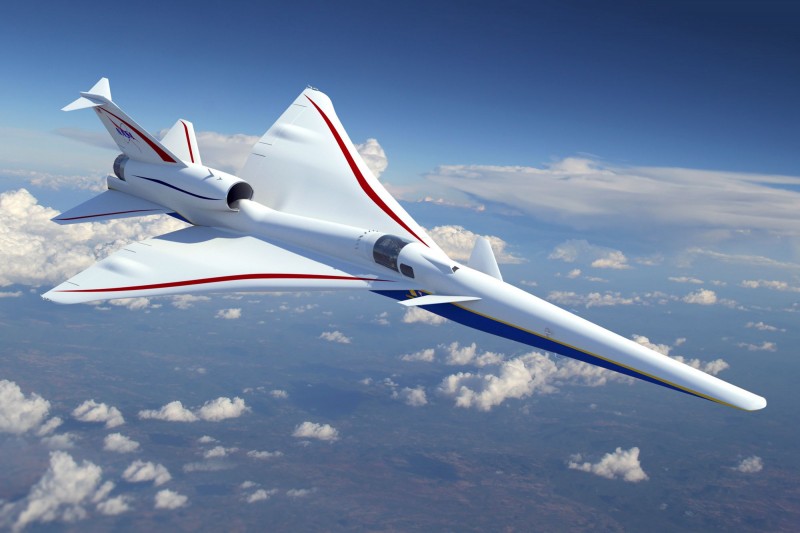
New Delhi:- Nasa is on to its new generation spacecraft that will be sustainable and in collaboration with Boeing. NASA and Boeing said Monday the aircraft produced through the agency's Sustainable Flight Demonstrator project has been designated by the U.S. Air Force as the X-66A.
The new X-plane seeks to inform a potential new generation of more sustainable single-aisle aircraft – the workhorse of passenger airlines around the world. Working with NASA, Boeing will build, test, and fly a full-scale demonstrator aircraft with extra-long, thin wings stabilized by diagonal struts, known as a Transonic Truss-Braced Wing concept. The Sustainable Flight Demonstrator builds on NASA's world-leading efforts in aeronautics as well as climate,” said NASA Administrator Bill Nelson.
Also Read:- NASA's MAVEN Mission Uncovers Martian Mysteries with Spectacular Ultraviolet Images
The X-66A will help shape the future of aviation, a new era where aircraft are greener, cleaner, and quieter, and create new possibilities for the flying public and American industry alike.”The X-66A is the first X-plane specifically focused on helping the United States achieve the goal of net-zero aviation greenhouse gas emissions, which was articulated in the White House's U.S. Aviation Climate Action Plan.NASA and Boeing sought the X-plane designation shortly after the agency announced the Sustainable Flight Demonstrator project award earlier this year.
The Air Force confers X-plane status for development programs that set out to create revolutionary experimental aircraft configurations. The designation is for research aircraft. With few exceptions, X-planes are intended to test designs and technologies that can be adopted into other aircraft designs, not serve as prototypes for full production.
Also Read:- NASA Unveils Groundbreaking Experiments to Investigate Solar Corona During 2024 Total Solar Eclipse
For the X-66A, the Air Force provided the designation for an aircraft that validates technologies for a Transonic Truss-Braced Wing configuration that, when combined with other advancements in propulsion systems, materials, and systems architecture, could result in up to 30% less fuel consumption and reduced emissions when compared with today's best-in-class aircraft.NASA's history with the X-plane designation dates to the 1940s, when its predecessor agency, the National Advisory Committee for Aeronautics (NACA) jointly created an experimental aircraft program with the Air Force and the U.S. Navy.
The X-66A is the latest in a long line of NASA X-planes. Additionally, NASA's Armstrong Flight Research Center in Edwards, California, has provided technical expertise and support for several additional X-planes. For the Sustainable Flight Demonstrator, NASA has a Funded Space Act Agreement with Boeing through which the agency will invest $425 million over seven years, while the company and its partners will contribute the remainder of the funding, estimated at about $725 million. NASA also will contribute technical expertise and facilities. The Sustainable Flight Demonstrator Project is an activity under NASA's Integrated Aviation Systems Program and is an important component of NASA's Sustainable Flight Nation Partnership focused on developing new sustainable aviation technologies.
Also Read:- India-US Sign Artemis Accords, ISRO-NASA to Launch Joint Mission 2024
Nasa’s new futuristic aircraft in collaboration with Boeing has also been bought with an award and will be the most sustainable aircraft designed till now by Nasa. The new experimental X-Plane of Nasa will be the most efficient s=as compared to other aircraft to date.